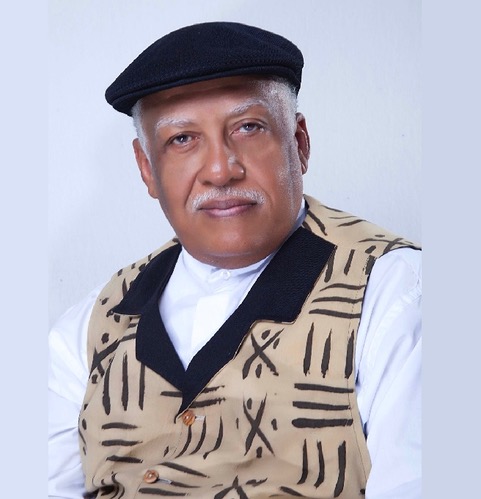Pemon Rami is an International film producer and director, a member of the Board of Illinois Arts Council, a former member of the Joseph Jefferson Theater Awards Committee, National Endowment for the Arts Program Evaluator, and a former Director of Educational and Public Programs for DuSable Museum of African American History.
Rami has one of the most impressive film pedigrees in Chicago and beyond. The features and TV programs that have relied on Rami’s casting direction expertise include Blues Brothers, Mahogany, Cooley High, The Spook Who Sat By The Door, and Welcome To Success (the Marva Collins Story).
Rami’s honors are the Black Harvest Film Festival’s Deloris Jordan Award, the Chicago Defender’s 50 Men of Excellence Award, and City Council Proclamations from Detroit and Los Angeles.
Governor JB Pritzker recently appointed Rami to the Board of the Illinois Arts Council. In addition, he is a member of the Luminary Board of the Independent Film Alliance.
N’DIGO sat down with Pemon Rami to talk about his new book “When Blackness Was Golden” a fascinating read about Black culture in Chicago and America when Black pride and Black love ruled supreme. He chronicles his coming-of-age in Bronzeville in a rarely shared manner, offering readers a loving yet honest view of the urban metropolis.
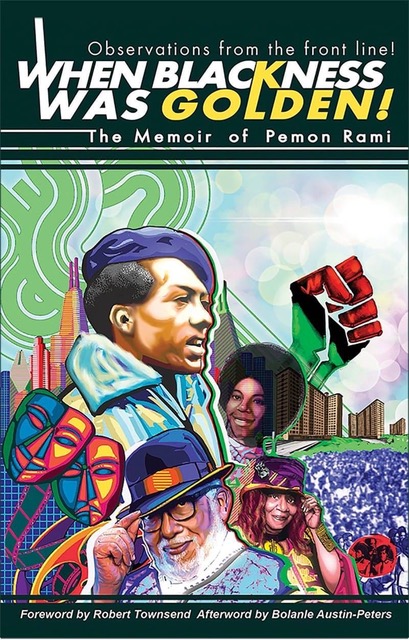
N’DIGO: Why did you write your book ‘When Blackness Was Golden!’ at this time?
Pemon Rami: I wrote the book for two reasons. I wanted the era of the1960s to 1980s to be documented in the history as it occurred. The book starts with life in the 1960s with the tenements in Bronzeville. I grew up in Stateway Gardens. This was based on a rat experiment by John Calhoun in Norway. He had a 10,000 sq ft outdoor pen. It was a population experiment if you just allowed a population without controls to exist. An article explains, “John Calhoun’s experiments to study the effects of population density on behavior. But what looked like rat utopias and mouse paradises at first quickly spiraled into out-of-control overcrowding, eventual population collapse, and seemingly sinister behavior patterns.”
So he created the utopia. What happened was that the rats began to change their behavior. They began to fight, changed their breeding habits, began hyper sexually, mating with the same genders, and ultimately abandoned their children. He termed the behavior “sync.” I ran across this when I worked at Chicago Housing Authority in the ’70s. I learned that the things that happened in the projects are what happened in his experiment. We go from the 50s to the period of the 60s when Black folk began to rediscover themselves. We were reintroduced to our African selves and began to wear our hair naturally; we referred to each other as brothers and sisters. We began to look at ourselves as a group rather than an individual. Black organizations sprouted, ie. Black Patrolmen League, food co-ops, black doctors and nurses organized, Black media organized to represent ourselves, and Black students organized in schools.
A teacher from Englewood High School, Owen Lawson, was fired for teaching Black history, and students protested. This firing opened up movements from other students in other schools to organize. We did not allow White media in our organizations, and they began to hire Black reporters. – Lu Palmer, Warner Saunders, and Faith Christmas were part of that group. The musicians produced uplifting music – James Brown, Sly and The Family Stones, The Staple Singers, Marvin Gaye, Curtis Mayfield, and Earth Wind and Fire. That is a minimal example of when Blackness Was Golden. I write three pages of libation; how many people have been forgotten and not recognized for doing great things?
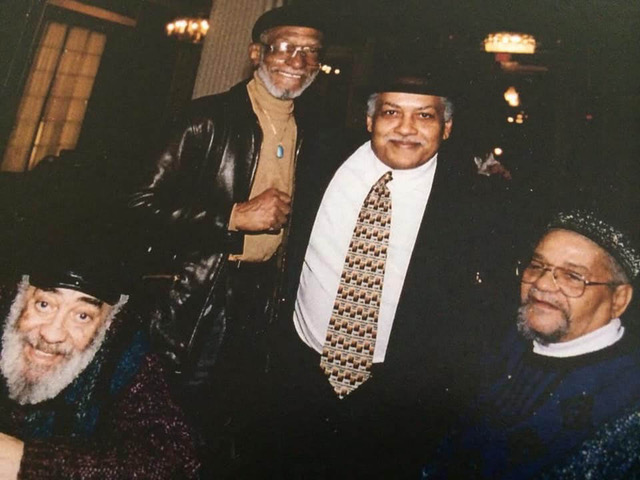
How was your career in media formed?
By mentors like Okoro Harold Johnson, who founded ETA with Abena Joan Brown, They were doing a play. I was nine years old, and he was the theater director for Park District at Stateway Gardens. He took me under his wing and allowed me to watch him direct. Theodore Ward was also a mentor; he was the director of the South Side Center for the Performing Arts on 35th Street. He allowed me to direct my first play when I was 17 years old, and then I met Oscar Brown, Jr. I went to New York with Oscar when he was producing a play on Muhammad Ali’s “Big Time Buck White.” Oscar wrote the music, and he and his wife, Jean Pace, directed the play. Next, I got a call from Sam Greenlee, the author of “The Spook Who Sat by the Door.” I was an actor in the play and did the casting for the Chicago cast. Next, I met Issac Hayes, and he referred me to Motown’s Barry Gordy. After that, I worked on the films Mahogany and Cooley High.
What is about your craft that you love the most?
I refer to myself as a storyteller, not a filmmaker. What I like most about the field is the ability to impact people with our stories. I can show a positive future or reflect on the past to help someone find their way. You can either look at the world as an artist or dictate how people will respond with the dress, actions, attitude, philosophy, or prejudice. Artists have a remarkable ability to influence society; we can change attitudes and make people feel better about themselves. Everyone needs a communicator to get messages out. The other thing is that it allows us to help the youth find their voice, allowing them to see. You can choose the path you walk, but you can’t choose the people you meet along the way.
How has the world of Blackness changed?
We went from a place of accountability to each other to no responsibility. We lived in segregation, and we had to provide businesses and services. Our people understood the idea of freedom and education for the masses because we were lifting the group. We are now in a position where people are more interested in self-achievement than group achievement. We also have sent many of our people away. For example, if you have a child you sent to school at Howard University, more than likely, they will live in D.C. In many ways, that disrupted the family. We spread. Some of the best of us are found in institutions that don’t serve us. The ultimate question is whether you want to be accepted or do you want to be successful.
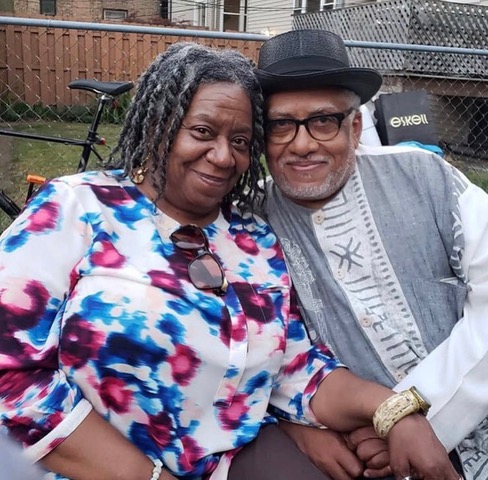
You have been married to Masequa Myers for 47 years and worked together for 52 years as a dual-career family. You have two sons, ten grandchildren, and three great-grandchildren. What is the longevity secret?
The secret is how we started. We started as teens working in the civil rights movement. We were clear on what each other stood for. It came down to respecting each other and having gone in our way not to hurt each other. If you hurt each other, you don’t love each other. We have never hurt each other on purpose. As a male, I thought wedding vows were actual. I have tried to live up to what I was committed to doing. There are challenges, but we realize that relationships are based on your ability to function when things are going bad, not when they are going well; that is when love should express itself. That’s the time people often pull away rather than pull together. We were clear on our roles. Sometimes she was the boss, and I submitted. Sometimes I was producing, and I was the boss. We look at things realistically.
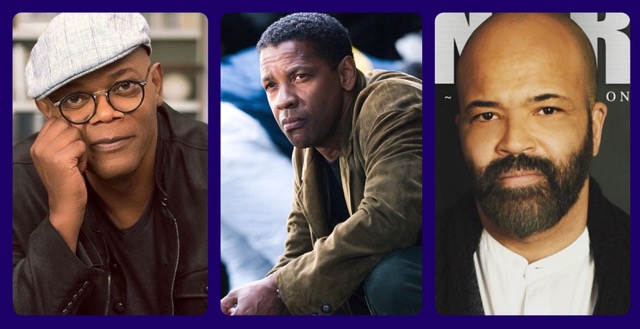
Who is your favorite actor?
This week, Samuel Jackson for his role in “The Last Days of Ptolemy Gray” on Apple TV. Walter Mosley wrote the script. I always have appreciated the work of Denzel Washington.
Jeffrey Wright, who played in Shaft and portrayed Martin Luther King, Jr. in the movie Boycott comes to do the work. He is one of my favorites also.

Who is your favorite actress?
Presently I have two. Dominique Fishback is a gifted young actress who played Jackson’s granddaughter in “The Last Days of Ptolemy Gray.” And Angela Bassett brings such a drive, commitment, and sincerity to her roles. She is very conscious of the characters she plays.
What’s your latest project?
We are working on a script,”The Black American.” Half of the film will be shot in Lagos and half in the U.S. It connects a person who leaves the States during the civil rights movement to go to Lagos. She has been on the run since the Vietnam War. She reconnects with her son. We are also working on a documentary with Jamal Green, “Living His Life Loudly.” He is a mayoral candidate. He is helping entrepreneurs and helping people become first-time homebuyers with Chase Bank. He is only 26 years old.
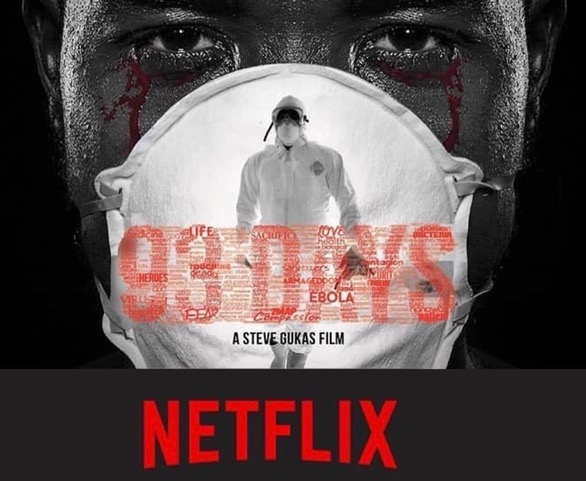
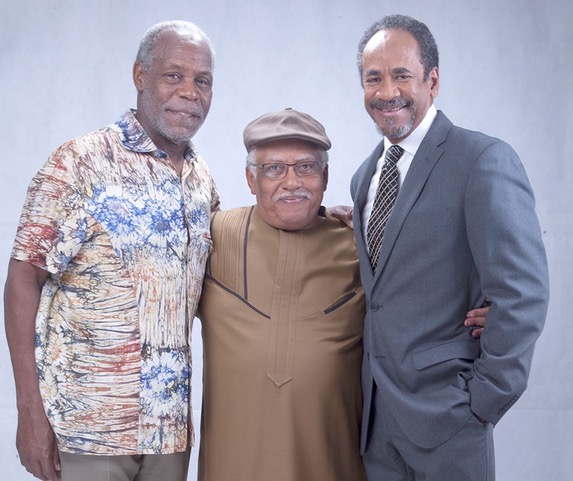
And what do you think of television’s streaming services as an outlet for movies?
The last film I did, “Ninety-three Days” with Danny Glover and Tim Reed, was on Amazon Prime and Netflix. The more streaming, the better in terms of content providers. As a consumer, I am concerned. You have to subscribe to multiple platforms.
What is happening with Black images today?
I say this as having viewed many festival films, most people are not writing for theater but TV or to get a film deal. Small pieces are not being fulfilled; they are being used as tools to get to the next level. There is a broad discussion on which audience you want to reach. Ethnically Black writers are not writing for Black people; many are writing to make someone understand us or that something that will sell better to a mainstream audience.


